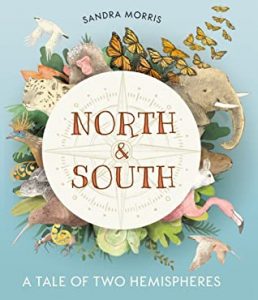
North and South: A Tale of Two Hemispheres – Sandra Morris – Walker Books Australia – Published 17 February 2021
♥♥♥♥♥
Synopsis
In the Northern and Southern Hemispheres, animals deal with changing seasons in various ways. Whichever hemisphere they live in, they need to be able to read the sign of the changing seasons to survive. This beautiful nonfiction picture book tells the tale of life for some of the planets most-loved animals and what they’re up to throughout the year. Each spread contrasts, month-by-month, some of the world’s most-loved Northern and Southern Hemisphere animals. North and South marks a beautiful and engaging introduction to the natural world and conservation for young readers, with in-depth facts throughout and a full index and glossary adding interest for older readers.
My thoughts
Beautifully illustrated, North & South introduces the concept of hemispheres and how this dictates our seasons. The book then displays a page for every month, one side for the Northern Hemisphere season and the other side of the page for the Southern Hemisphere. Each month features two animals, again one for the Northern Hemisphere and the other for the Southern Hemisphere. The book shares the similarities and the differences between the two animals that live across the world from each other. Conservation status, maps that show their locations and beautiful illustrations and endpapers bring these facts to life for young readers as they learn about the amazing creatures of the world.
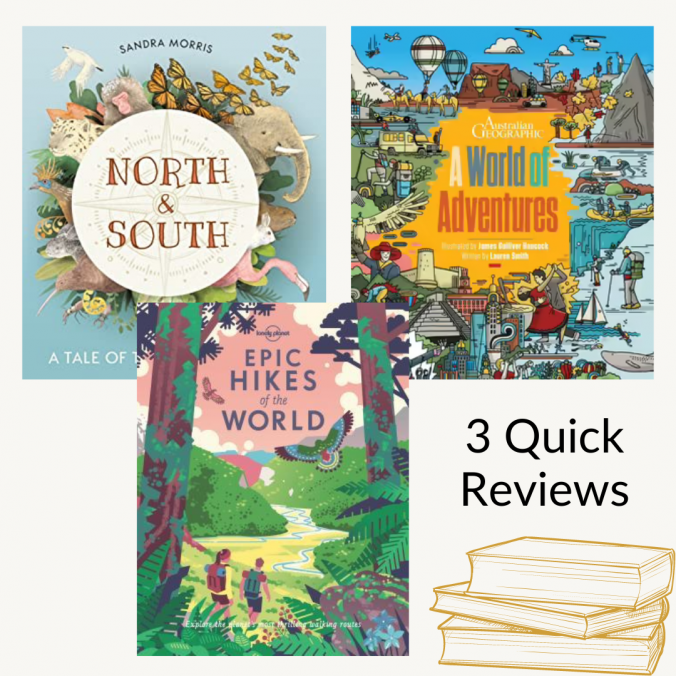
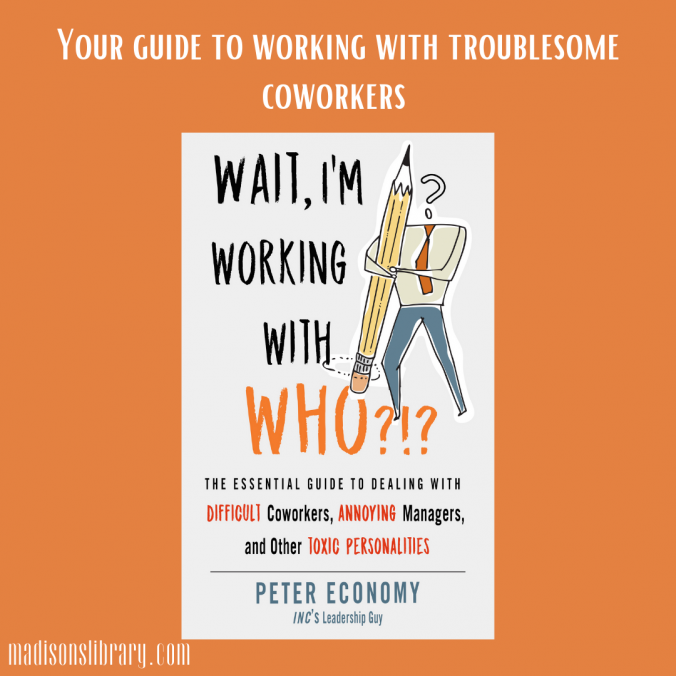
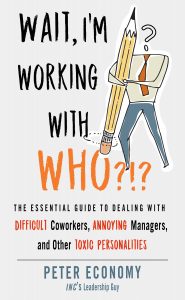
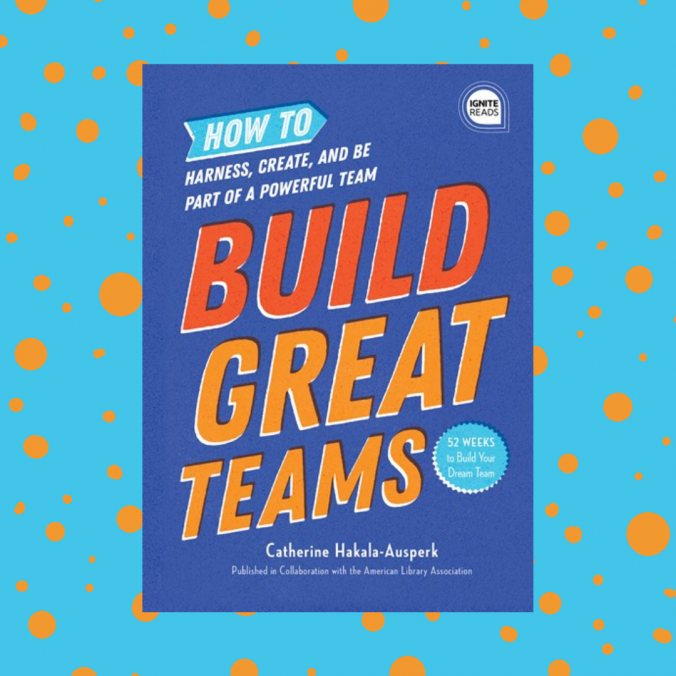
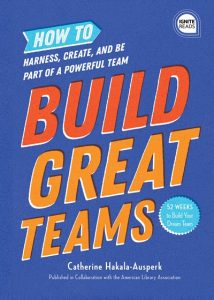

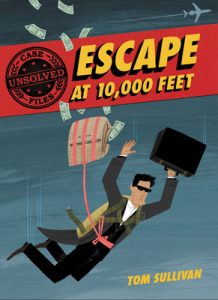

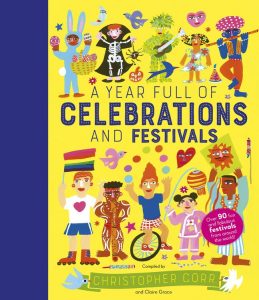

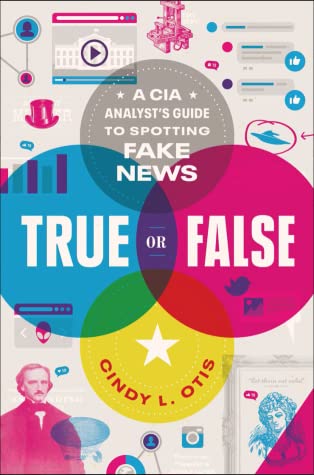
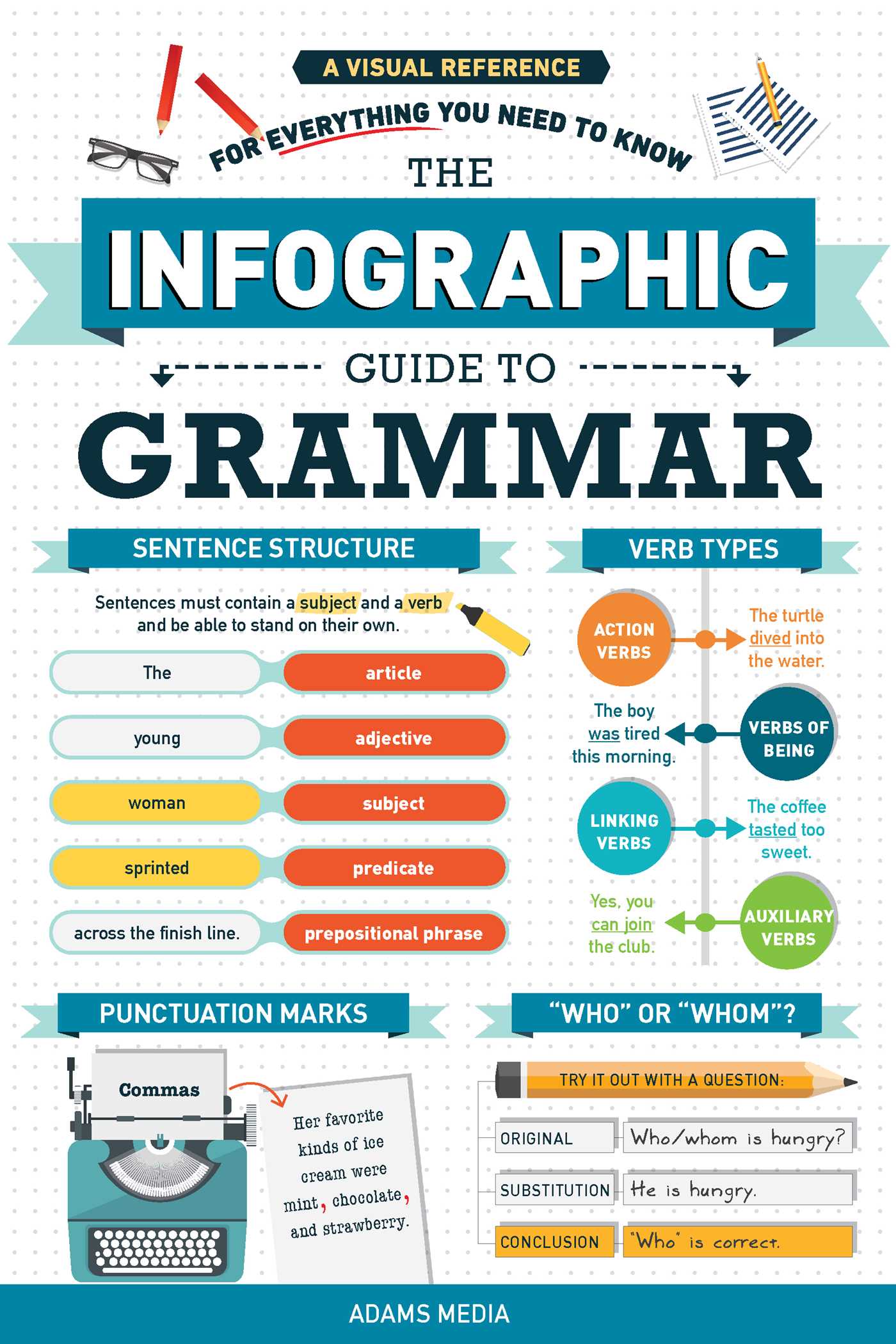
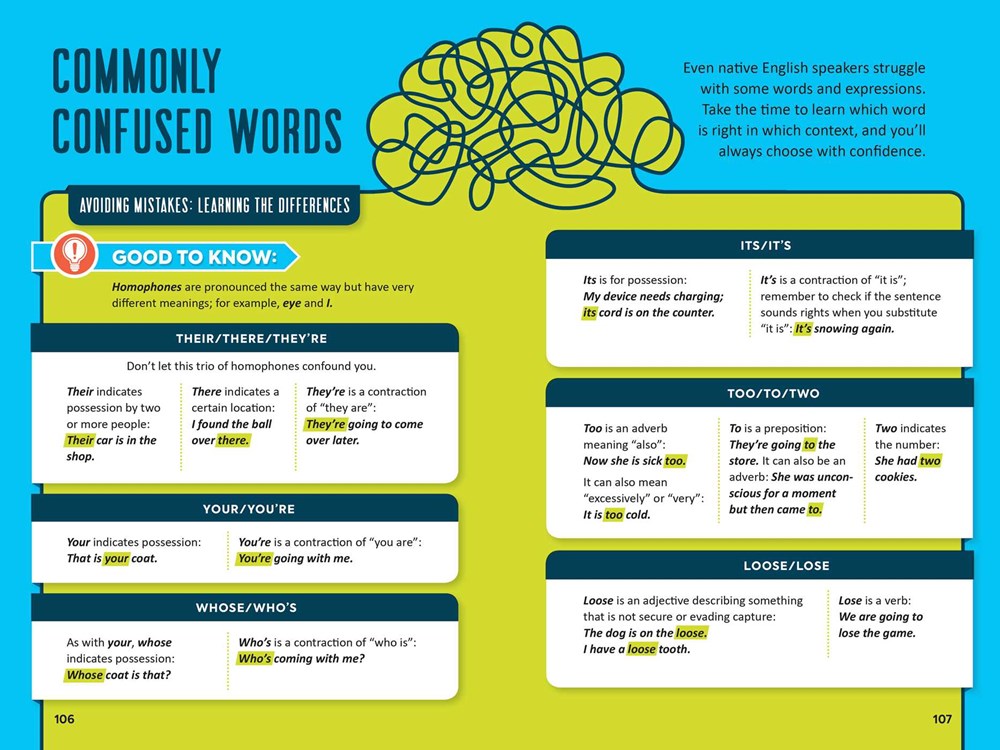
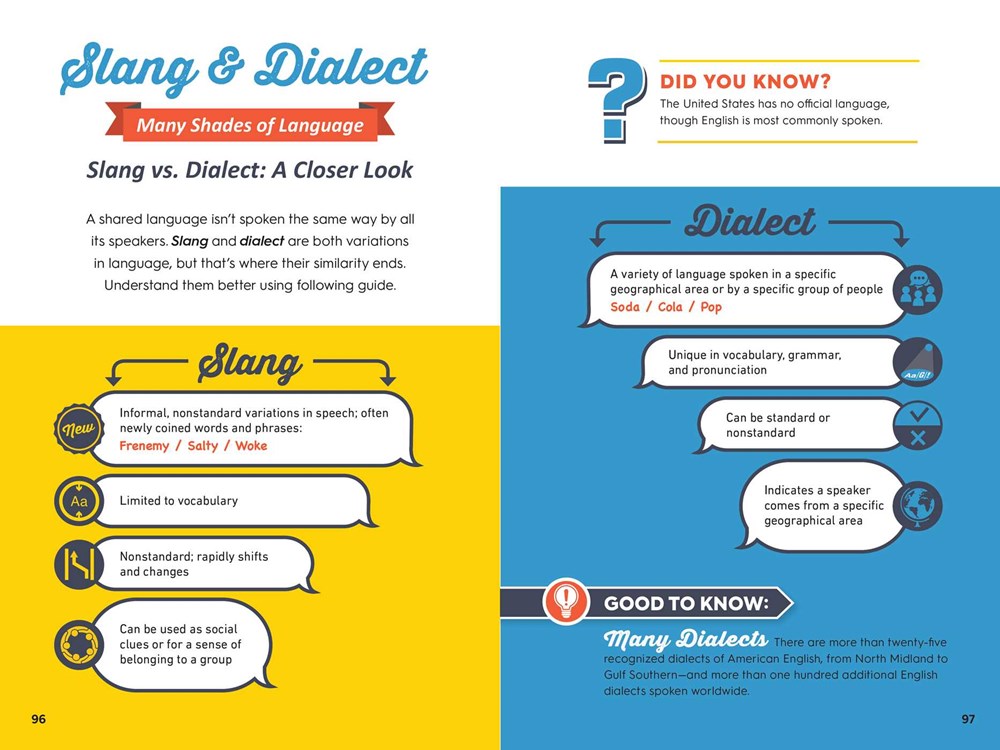
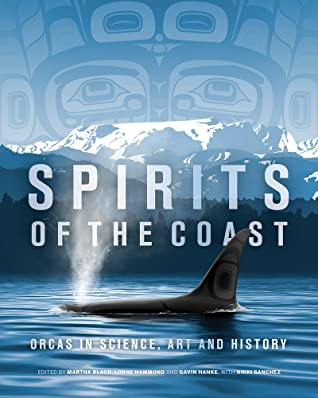
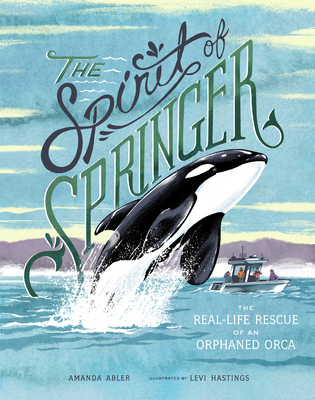
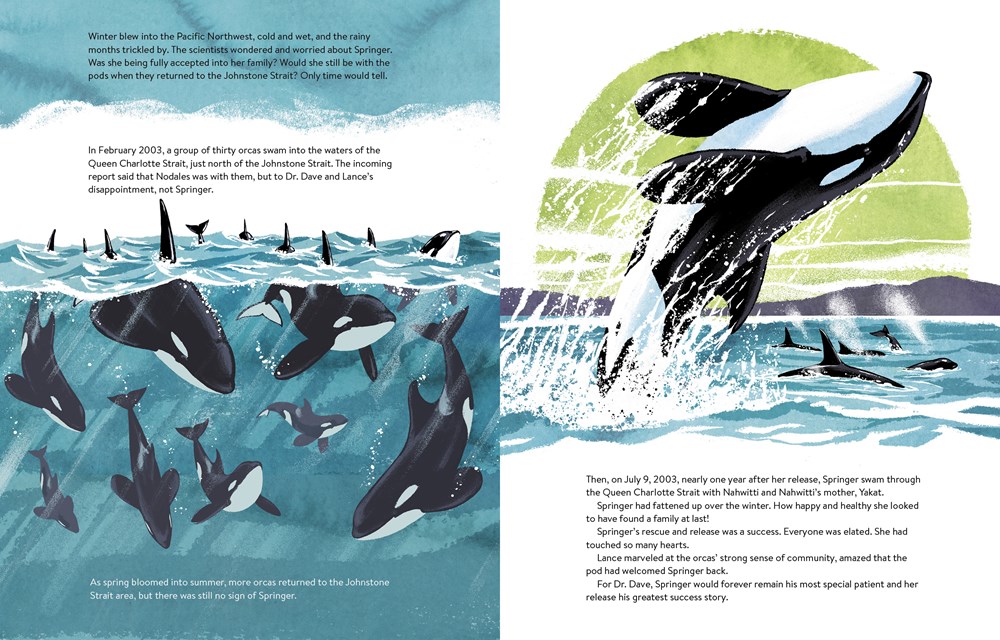 The book explains both the media attention Springer received, the concern of the public and the details of her rescue, rehabilitation and release. Built into the story are explanations of scientific terminology, like dialect.
The book explains both the media attention Springer received, the concern of the public and the details of her rescue, rehabilitation and release. Built into the story are explanations of scientific terminology, like dialect.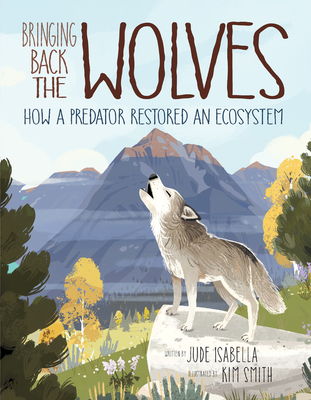
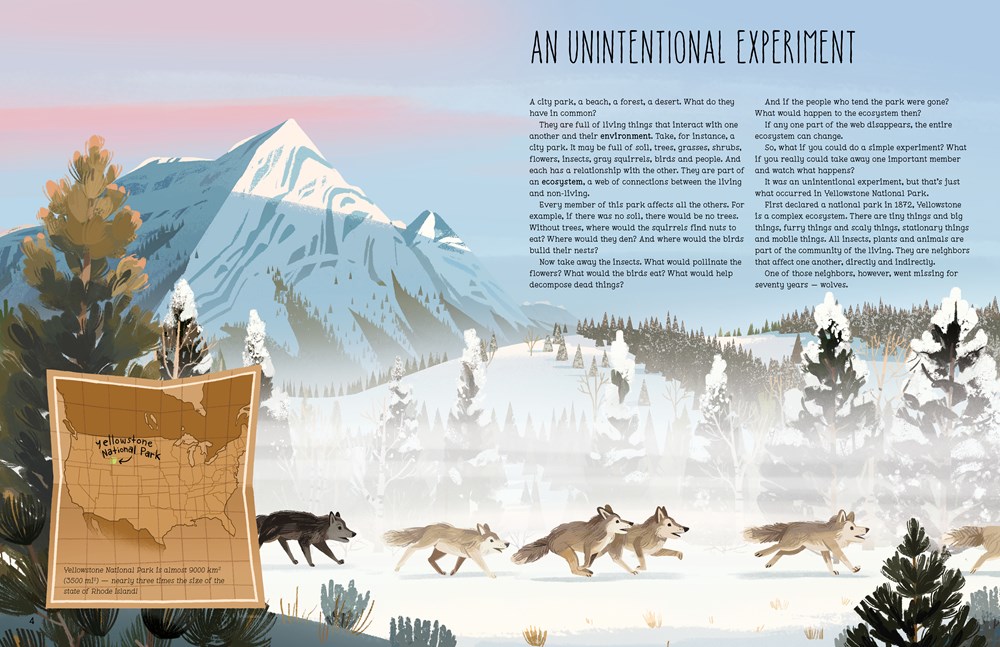 There is a wonderful sense of nature fixing its self as this book clearly steps out the impact of the wolves. Bringing Back the Wolves does a fantastic job of clearly and simply articulating the complex relationships involved and the intricacies of the impacts.
There is a wonderful sense of nature fixing its self as this book clearly steps out the impact of the wolves. Bringing Back the Wolves does a fantastic job of clearly and simply articulating the complex relationships involved and the intricacies of the impacts.
